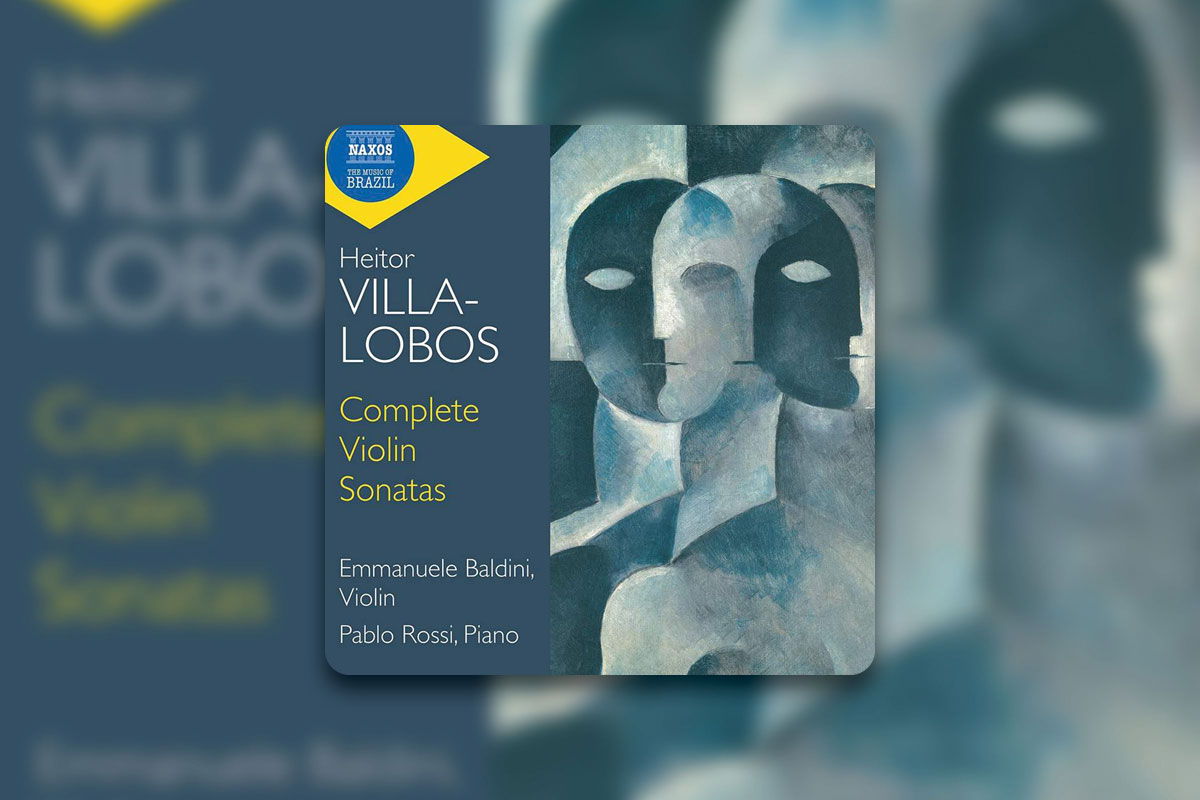The three early Violin Sonatas by Villa-Lobos have been ill-served on disc, undeservedly so on the strength of these persuasively sensitive and articulate performances by violinist Emmanuele Baldini and pianist Pablo Rossi. Composed in the second decade of the last century and moving incrementally from imitation to sophistication, they serve as mileposts along Villa-Lobos’s development towards compositional maturity and a distinctive voice of his own.

The miniature, melancholic, single-movement First Sonata takes its ‘Désespérance’ (Despair) subtitle at face value, languorously indulging youthful ardour (although Villa-Lobos was 28 at the time of composition in 1912) while draping around itself the more darkly luscious hues of dwindling, late French romanticism.
Dating from just two years later, the Second Sonata demonstrates a paradigm shift in Villa-Lobos’s appreciation of the piano and the possibilities in partnering it with the violin. Baldini and Rossi nimbly negotiate the transition, accommodating still present but more adroitly disguised French influences while allowing greater expressive boldness to push through towards something freer, more focused and vivid. Their graceful but pointed give and take throughout of the Sonata’s...










Comments
Log in to join the conversation.